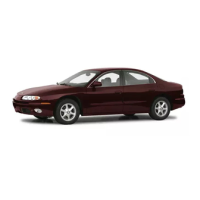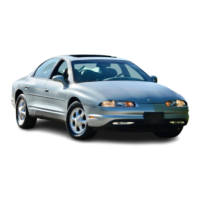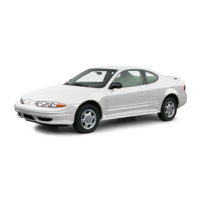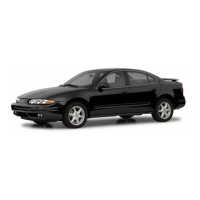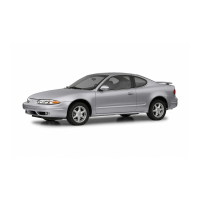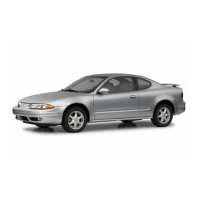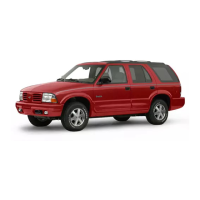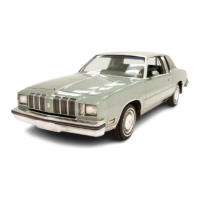Compact
Spare
Tire
Although the compact spare tire was fully inflated when
your vehicle was new, it can lose air after a time.
Check the inflation pressure regularly. It should be
60
psi
(420
kPa).
After installing the compact spare
on
your vehicle, you
should stop as soon as possible and make sure
your spare tire is correctly inflated. The compact spare
is made to perform well at speeds up
to
65 mph
(IO5
km/h) for distances up to
3,000
miles
(5
000
km),
so
you can finish your trip and have your full-size
tire repaired or replaced where you want. You must
calibrate the Check Tire Pressure System after installing
or removing the compact spare. See
Check Tire
Pressure
System
on
page
5-62.
Of course, it's best to
replace your spare with a full-size tire as soon as
you can. Your spare will last longer and be in good
shape in case you need it again.
Notice:
When the compact spare
is
installed, don't
take your vehicle through an automatic car wash
VYlLlI
yu1ue
14113.
I
IIC
LwrlllJdLL
SlJ"'t:
Gar1
ye1
Cauy~ll
on the rails. That can damage the tire and wheel,
and maybe other parts of your vehicle.
...
:&I,
-_
.:A
-
-_:I
-
TL
- -
---
__
-
-I
-
__
-
__
- -
-
__
-.
-
I
-
.
.
-.
n-
I
Don't use your compact spare on other vehicles.
And don't mix your compact spare tire or wheel with
other wheels or tires. They won't fit. Keep your compact
spare tire and its wheel together.
Notice;
Tire chains won't fit your compact spare.
Using
them
can damage your vehicle and can
damage the chains too. Don't use tire chains on
your compact spare.
5-81
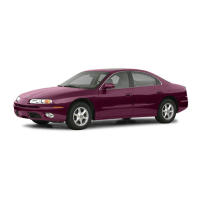
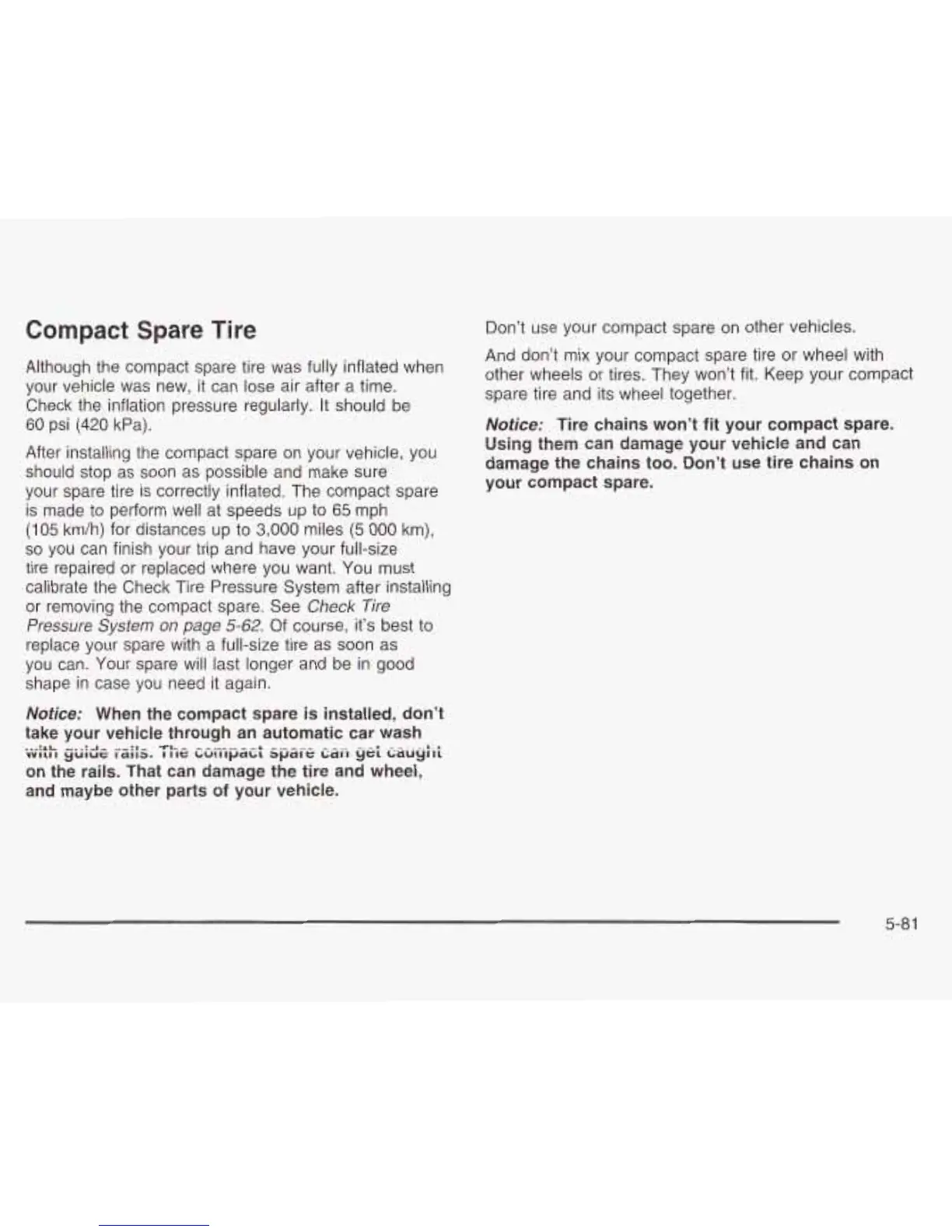